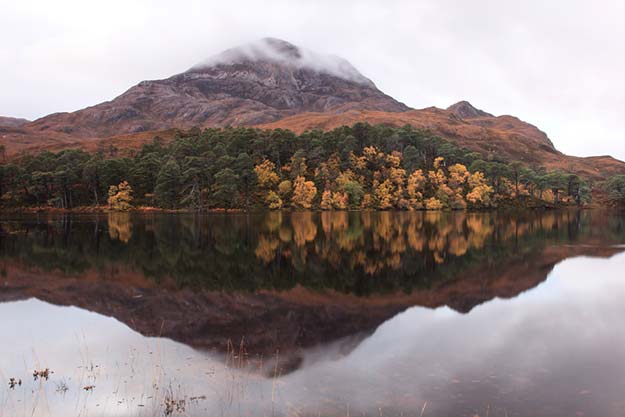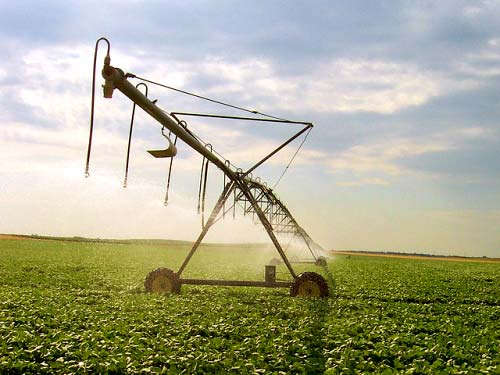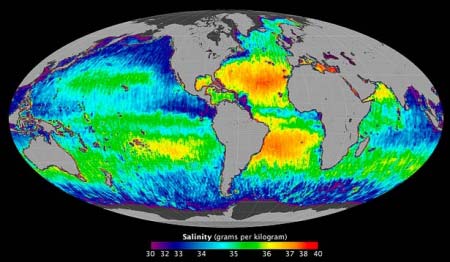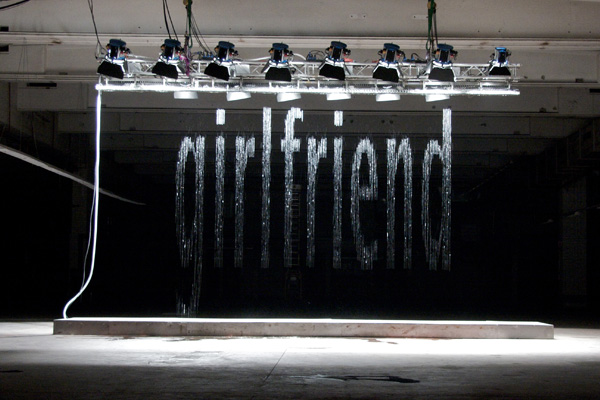Afgelopen week heb ik nogmaals een week doorgebracht in mijn tweede huis, Schotland. Dit keer heb ik gekozen voor het gebied Torridon in het Noord-Westen van Schotland. Hier ben ik eerder een dag geweest, maar heb er nooit een hele week doorgebracht. Het gebied is echter meer dan de moeite waard. In de aankomende blog berichten deel ik graag de resultaten met jullie. Read more
Welcome!
THE SITE POSTS POPULAR ARTICLES, ESSAYS AND OTHER USEFUL INFORMATION ABOUT WATER AS A UNIQUE NATURAL RESOURCE.


Coral Reefs of the Caribbean Facing Collapse
Caribbean coral reefs — which make up one of the world’s most colorful, vivid and productive ecosystems — are on the verge of collapse, with less than 10% of the reef area showing live coral cover.
With so little growth left, the reefs are in danger of utter devastation unless urgent action is taken, conservationists warned. They said the drastic loss was the result of severe environmental problems, including over-exploitation, pollution from agricultural run-off and other sources, and climate change.
The decline of the reefs has been rapid: in the 1970s, more than 50% showed live coral cover, compared with 8% in the newly completed survey. The scientists who carried it out warned there was no sign of the rate of coral death slowing.
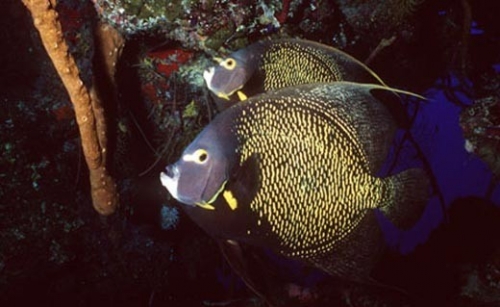
A pair of French angelfish enjoy the coral reef in the Caribbean Sea. Credit: Marcus Mays/The Guardian
Coral reefs are a particularly valuable part of the marine ecosystem because they act as nurseries for younger fish, providing food sources and protection from predators until the fish have grown large enough to fend better for themselves. They are also a source of revenue from tourism and leisure. Read more
‘Virtual Water’ – A New Way to Look at Climate Impacts
While international trade results in carbon emissions thanks to the fossil fuels burned by planes, trucks and ships, a Princeton University research team has found that world trade could also mean more efficient water use as a side benefit. And since water is a key resource in the production of climate-friendly energy sources, including hydroelectric and nuclear power, that could at least partially offset trade’s negative impact.
Focusing on agriculture, which accounts for 80 percent of freshwater consumption worldwide, the researchers examined trade through the lens of what they call “virtual water” — a measure of how much water goes into the production of a bushel or a kilogram of a given crop. “It’s like the carbon footprint concept, but for water,” Princeton civil and environmental engineering graduate student Carole Dalin, lead author of a paper on the topic in Proceedings of the National Academy of Sciences, said in an interview.
According to Dalin and her colleagues, it turns out that nations with inadequate water resources also have lower crop yields per acre. In these places, in other words, it takes more water to produce the same amount of corn or soy or barley. Food exported from water-rich areas to water-poor areas, therefore, amounts to a transfer not just of food, but of water efficiency. Overall, Princeton civil and environmental engineering professor Ignacio Rodríguez-Iturbe said, “This lowers the average water footprint of the whole world population.” Read more
Changes in Sea Saltiness Show Were Affecting the Climate
The question of how human activity affects hurricanes has been much on peoples’ minds lately, for obvious reasons. But the influence of heat-trapping greenhouse gases are far broader than that, and scientists are wrestling on many different fronts with exactly the same issue: can we detect the fingerprint of human activity on any number of climate indicators?
Increasingly, the answer is yes. The latest example, published in Geophysical Research Letters, looks at the planet’s hydrological cycle, the evaporation, precipitation and river flow that constantly redistribute water from ocean to sky to ocean. Theory says that global warming should pull more water from the oceans, that rainstorms should become intense in some areas as a result, and that these local deluges should leave other areas drier than they were before. Observations show that this is indeed happening. Read more
Julius Popp: Bit.fall, Bit.flow, Bit.cod
German artist Julius Popp uses technology to create work that reaches across the boundaries of art and science. Three of his works, Bit.fall, Bit.flow, and Bit.code are pictured above. Bit.fall is an installation that in some cases displays images and, in others, words selected from the internet via drops of falling water spurting out from 320 nozzles controlled by computer software and electromagnetic valves.
In Bit.flow Popp pumps liquid into a 45-meter long tube on a wall. A software program sets out a pattern which only at certain points forms readable forms or letters which then disintegrate into chaos again. Read more






